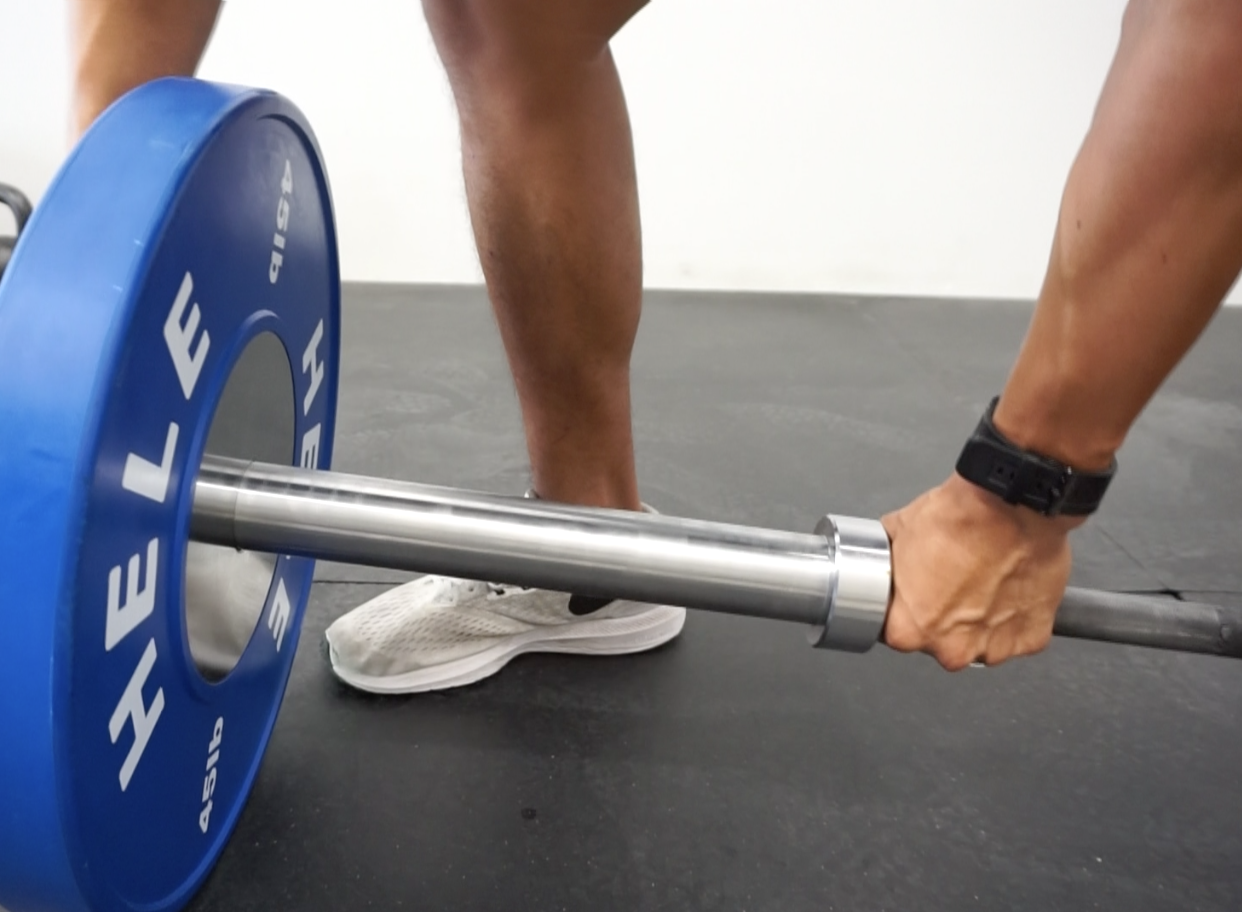
First, how many diets have you tried and heard of? The word diet is defined as “the kinds of food that a person, or community habitually eats”.
So, the way you eat today is your own diet. It may not be the healthiest one now, but it’s your diet. With the many methods out there, nutrition can become very confusing to people and leave some feeling frustrated with what to listen to.
The Kū Nutrition Guidelines incorporates what I call The Simple ‘Elima, which basically means The Simple 5.
Why the Simple ‘Elima?
I experimented with many diets; to name a few – Whole30, Carb Back Loading, Intermittent Fasting, Plant Based and Paleo. I also have been asked about many others as well.
Each diet tries to separate itself from the crowd by doing something different or showing some different research.
So rather than looking at what makes all of these diets different, why not look at what most of the diets have in common instead?
Out all of the diets we researched, we came across 5 similarities, hence The Simple ‘Elima.
THE SIMPLE ‘ELIMA:
- Proper Hydration
- Consume Protein
- Eat Your Vegetables
- Earn Your Carbs
- Don’t Forget Your Healthy Fats
Simple.
The diet is the simple part but what makes it difficult is breaking bad habits and behaviors that cause you to lose control of your diet. When you gain control of your diet you feel a sense of liberation and confidence that you feel more in control of your life.
The goal with these guidelines is to have you rethink your whole nutrition approach and help you set new habits. We could give you a meal plan for the program but my concern would be – What will happen after the program is done?
Many people will follow a meal plan for the X amount of time. Then after the time is done, they find themselves back to their old habits and gaining more weight and faster.
With that being said, here are the Kū Nutrition Guidelines:
- Eat lean complete, lean protein at each meal. Every time you sit down to eat a meal, make sure to have a protein source. Note: If you’re a vegetarian, then I don’t know what to tell you because I’m not one or have any personal experience.
- Eat Vegetables at each meal. I’ll be honest, I’m not a huge vegetable eater but it is important for micronutrients. Try your best to not skip on the veggies.
- Earn your carbs. You can eat vegetables and fruit whenever you want. But if you want to eat a carbohydrate that’s not a fruit or vegetable (rice, pasta, potatoes, bread, etc)—you’ll have to earn them with until you’ve exercised. The North American diet has made processed grains and carbohydrates as staples in their diet which has a direct relation to the increase in heart disease, diabetes, and cancer. Here are a few carbohydrates that are on the ‘okay list’: sweet potatoes, spaghetti squash, butternut squash, poi, and I’ll even put rice (of course there are certain circumstances that can call for more flexibility).
- Consume Health Fats. This doesn’t mean to eat a jar of cashew butter. There are 3 types of fat – saturated, monounsaturated, polyunsaturated. But doesn’t eating fat make you fat? No, and we are moving on. Eating a healthy balance of all three can improve your overall health and help you lose fat. Saturated fats come from animal products and even butter, and coconut oil for cooking. Monounsaturated fat should come from nuts, olives, and olive oil. Polyunsaturated fats should be from fish oil, mixed nuts, flaxseed oil.
- Drink calorie free drinks. Fruit juices are definitely included along with alcohol and sodas. Focus on drinking calorie free drinks – water, green tea, and black coffee.
- Focus on whole foods. This will help you with gaining knowledge of a basic human function – Cooking. Most of the times you will be cooking with whole food sources. There are times where supplemental drinks and shakes can be useful.
- Food preparation strategies. The challenge to keeping with the guidelines and the Simple 5 is making sure you set yourself up to follow them. We all know what to eat, but if it’s not available when we are hungry, you’ll go crazy when it comes to the next meal.
- Treat Yo’self. Seriously, if you stick strong to these guidelines you should be able to ‘Treat Yo’self’ by following the 10% rule. Say you have 3 meals a day which makes up 21 meals within the weak. This means you have 2 meals where you can break the rules. You can call it cheat meal or whatever, but I like to call it ‘Treat Yo’self’
BUT WHAT ABOUT CALORIES AND MACROS?
Honestly, you earn those stripes once you can practice the above guidelines and habits. But most people can achieve the health and the body composition they desire by just following the above guidelines.
There are exceptions but right now, focus on these guidelines and putting them into action.
Questions?




2 Responses
Thanks! Great article…I like how you simplified it all. Too often we get caught up in the insanity of a “meal plan”, this is a great reminder of how to keep it simple.
Thanks for reading. Definitely need to keep things simple.